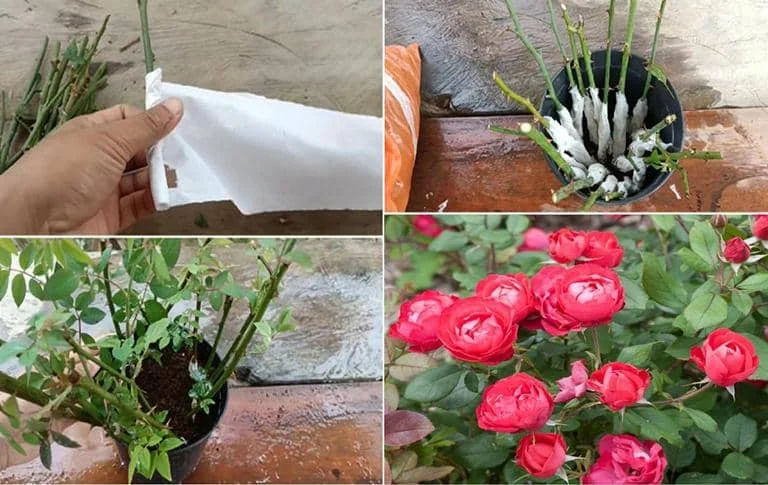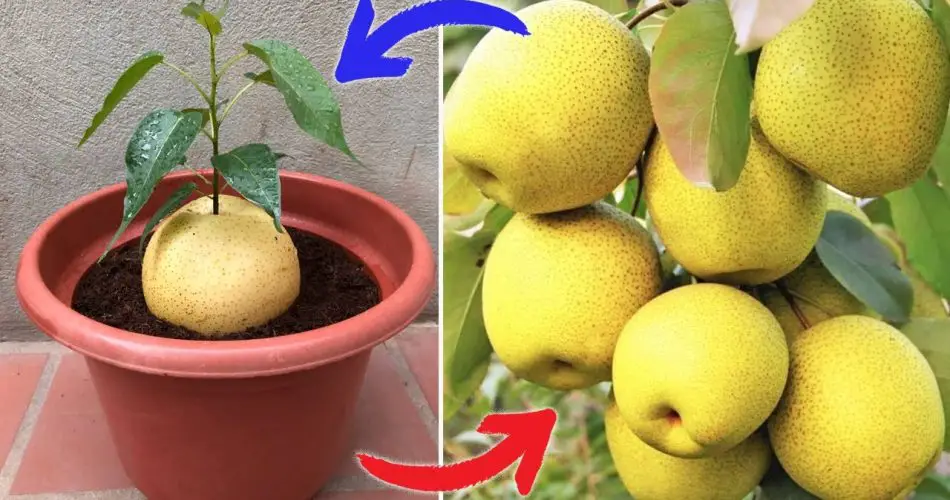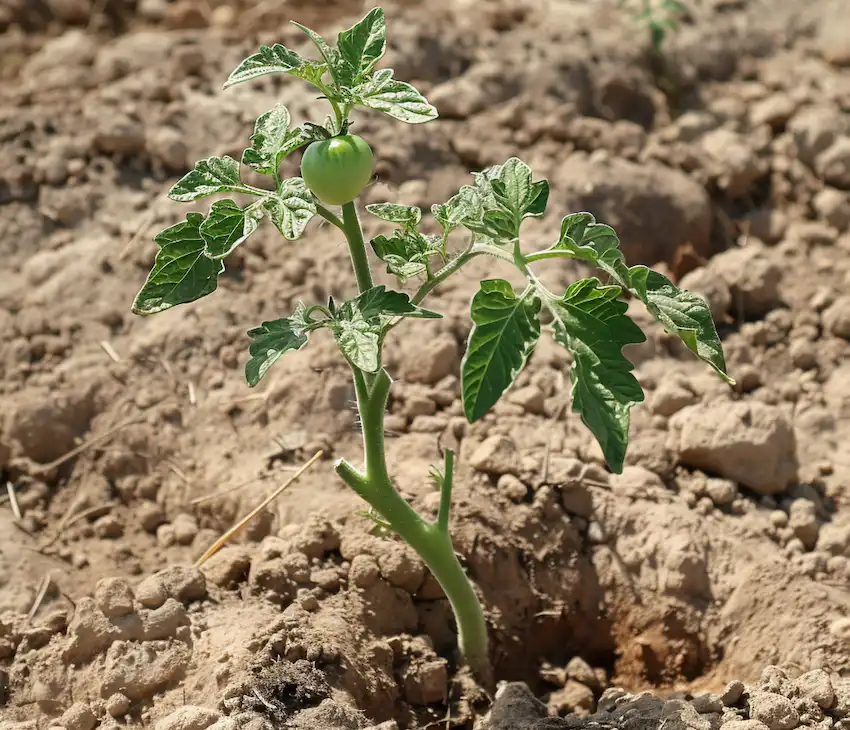
Propagating roses using toilet paper is a simple and cost-effective method that allows you to multiply your rose plants with ease. Here’s a step-by-step guide to help you propagate roses using this ingenious technique:
Materials Needed:
- Fresh rose cuttings
- Toilet paper
- Water
- Rooting hormone (optional)
- Potting mix
- Small pots or containers
- Clear plastic bags or plastic wrap
Step-by-Step Guide:
- Selecting Rose Cuttings: Choose healthy, disease-free rose stems for propagation. Cuttings should be around 6 to 8 inches long and taken from the current season’s growth. Select stems with 3 to 4 leaf nodes.
- Preparing the Cuttings: Remove any flowers or flower buds from the lower portion of the stem. Cut the stem at a 45-degree angle just below a leaf node using clean, sharp pruning shears.
- Wrapping in Toilet Paper: Moisten a sheet of toilet paper with water, ensuring it is damp but not dripping wet. Place the damp toilet paper flat on a clean surface and lay the rose cutting diagonally across the sheet. Roll the cutting in the toilet paper, covering it completely.
- Rooting Hormone (Optional): If desired, dip the bottom end of the wrapped cutting in rooting hormone powder to encourage root growth. Shake off any excess powder before proceeding.
- Planting in Potting Mix: Fill small pots or containers with well-draining potting mix. Make a hole in the center of each pot and insert the bottom end of the wrapped cutting into the soil. Gently firm the soil around the base of the cutting to hold it upright.
- Covering with Plastic: To create a mini greenhouse effect, cover each pot with a clear plastic bag or plastic wrap. This helps to retain moisture and create a humid environment conducive to root development.
- Providing Ideal Conditions: Place the pots in a warm, bright location with indirect sunlight. Avoid placing them in direct sunlight, as this can cause the cuttings to overheat. Keep the soil consistently moist but not waterlogged.
- Monitoring and Care: Check the cuttings regularly for signs of growth, such as new leaves or roots emerging from the stem. Mist the cuttings with water as needed to maintain humidity inside the plastic covering.
- Transplanting: Once the cuttings have developed a healthy root system, typically within 6 to 8 weeks, they can be transplanted into larger pots or directly into the garden. Handle the young plants carefully to avoid damaging the delicate roots.
- Continued Care: Water the newly transplanted rose plants regularly and provide them with adequate sunlight. As they grow, feed them with a balanced fertilizer to promote healthy growth and flowering.
By following these simple steps, you can easily propagate roses using toilet paper, allowing you to expand your rose garden with minimal effort and cost. Enjoy watching your new rose plants thrive and bloom, adding beauty and fragrance to your garden for years to come.


